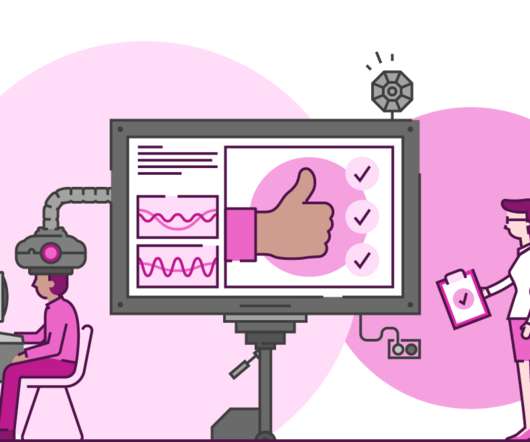Using Bloom’s Taxonomy to Write Learning Objectives
CourseArc
JULY 11, 2016
Bloom’s Taxonomy offers course developers excellent tools to write effective learning objectives. Using Bloom’s Taxonomy Effectively. Using Bloom’s Taxonomy entails defining learning goals with the help of three underlying “domains” of accomplishment including: knowledge domain, skills domain, and. affective domain.



















Let's personalize your content